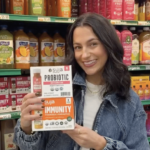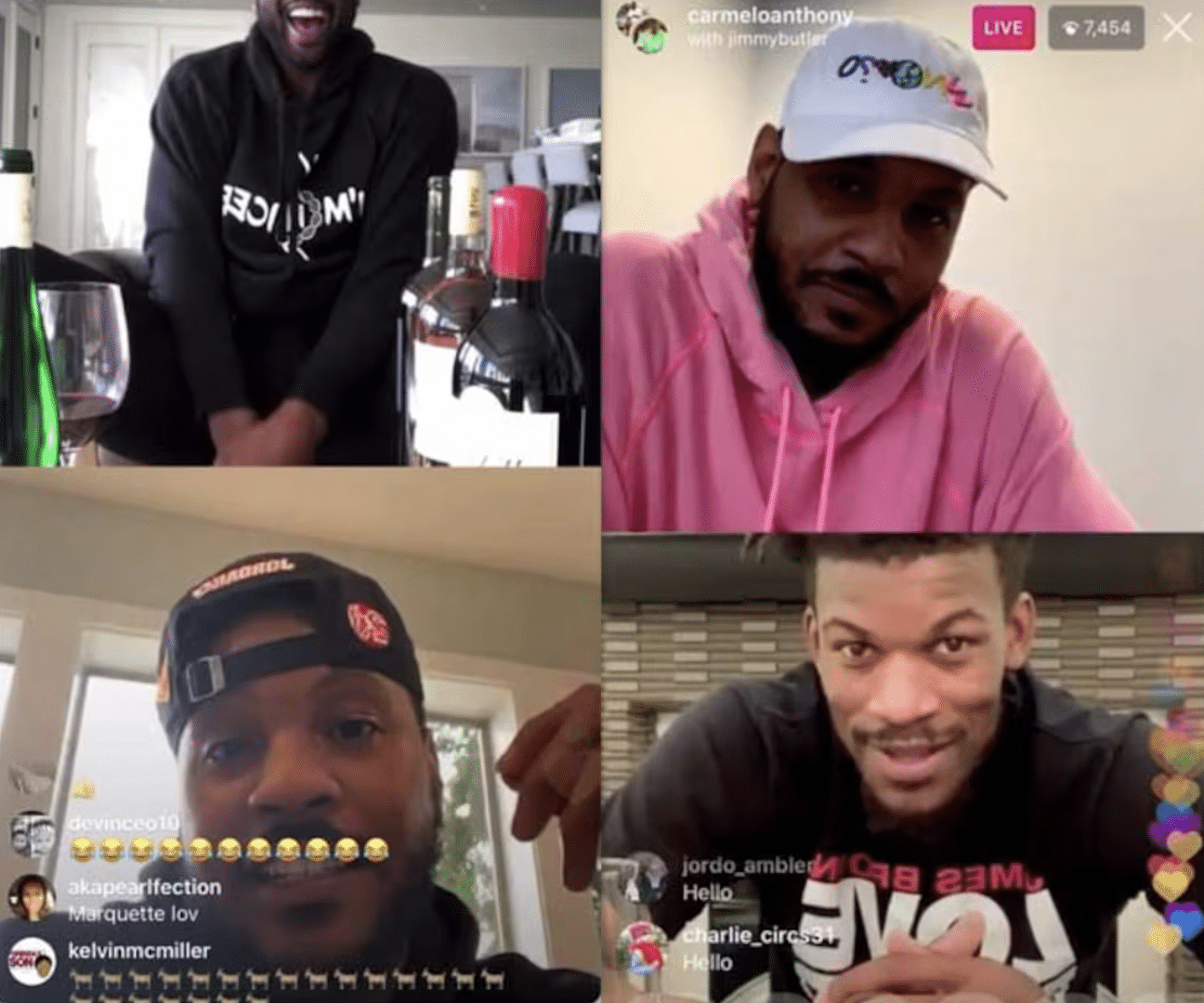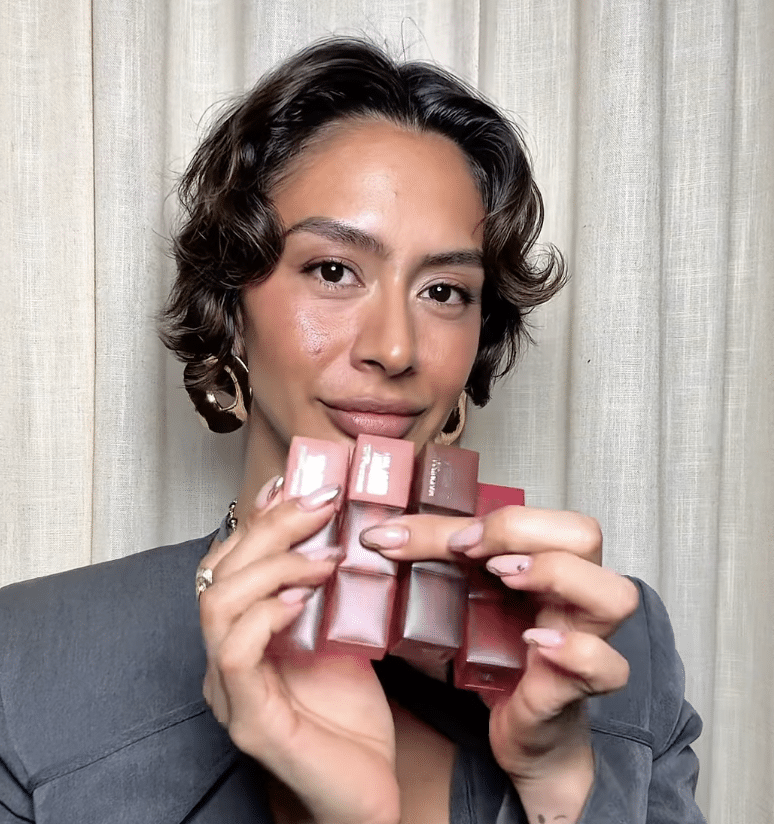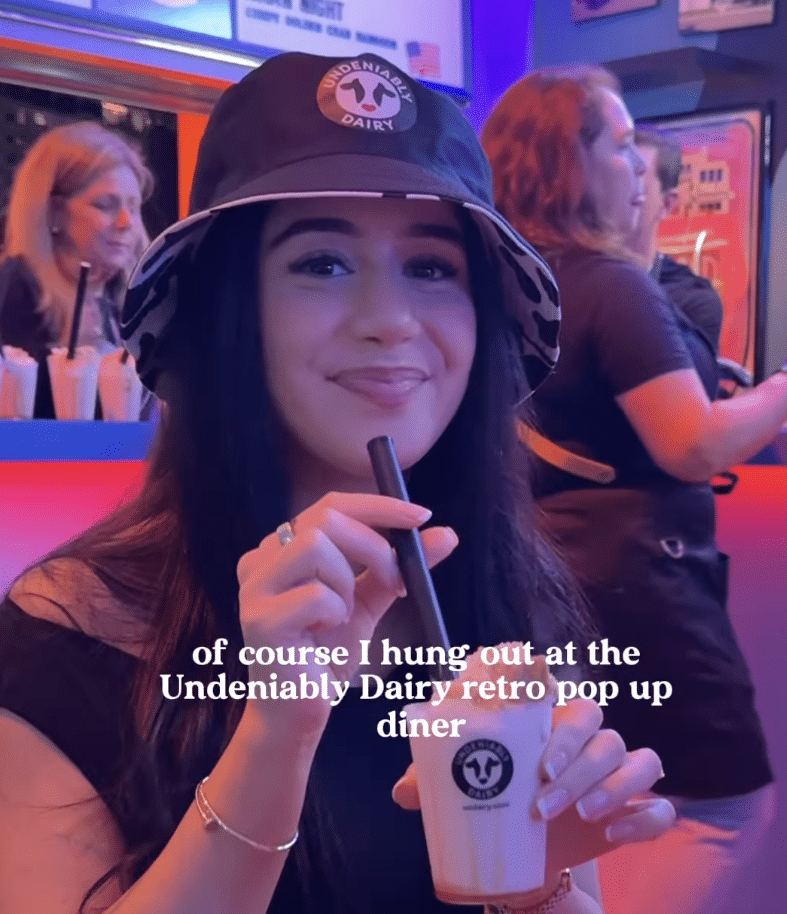
The 5 Biggest Mistakes in Influencer Marketing
Having worked with the top social media influencers in the world, as well as start ups and Fortune 500 companies alike, I am proud to say I have made it out alive and well. Better yet,
I am ready to continue to work with influencers and corporations on some incredible campaigns.
However, that doesn’t mean I haven’t bore witness to a series of train-wreck-worthy, money-sucking social campaigns that left companies dazed and confused.
- 2017 to 2018 left every boardroom in America in disarray screaming: We need an influencer!
- In 2019, people became fearful of the mega influencer because they lost lots of money on unsuccessful campaigns. Thus, the mega influencer was demonized and people assumed the micro influencers would be the solution to all their problems.
- 2020 is still to be determined, but I am sure the word “authentic” will still be around.
No matter the year, the “problem” with influencer campaigns often revolve around a handful of factors, none of which had anything to do with the words “organic” or “authenticity”.
The problem was the company NOT the influencer.
Problem #1 – The One Post Program AKA” The Test”
“The Test” is my favorite request I receive when working as a talent agent and one of the worst influencer marketing strategies. While a test may sound like a great way to avoid pouring money into a long term campaign, it is not.
Not only are you going to be charged a premium by the influencer for limited work, you are fighting an ever-changing Instagram algorithm. “The Test” lacks volume and gravitas to have any significant draw. There are always exceptions to this rule, but for the most part, test don’t work.
Problem #2 – Failure to Define Your ROI
Everyone wants an ROI on their campaign, but many companies do not define what they want a Return on Investment on. Return on Investment can mean increasing brand awareness by x amount, securing content in big publications (define those publications), or return on investment could mean selling product. The company must have a defined marketing plan as well as specific goals and objectives. The company should NEVER allow an influencer to have complete creative and copy control over your brand’s message.
Problem #3—Influencer or New Sales Contractor?
This may be the most common problem that sets a campaign up for failure and a series of math equations that never make any sense. If you’re guilty of sending an email with the following, you probably had good intentions, but did not recognize that the influencer most likely did not graduate from Warton’s School of Business nor has ever been involved with adequate sales training that your company most likely invests in for “regular” employees.
Think about your sales team and how much time they spend cultivating and refining their craft. Larger companies spend thousands of dollars to bring in the “best sales experts” to increase sales.
If you are ever guilty of sending the following:
“Hi Molly, I wanted to invite you to our affiliate program. You could earn the following based off our commission structure. If you convert 15% of your 1 million followers, you will earn $3 dollars on each sale meaning $45,000! Would love to talk more, Dave.”
This will never happen for a number of reasons including:
A) Selling is an invaluable skill that is learned through trial and error. Creating a social media community does not mean that an influencer could now be promoted to sales direction of the biggest CPG out there. Influencers are community and brand builders. It is the company’s responsibility to write proper copy, create sales programs based off of influencer content, and most importantly, to distribute that content.
B) The algorithm that not only affects influencers, but regular people, does not allow for a message to reach their entire audience. While the algorithm varies based off of social media network site or platform, on Instagram it waivers based on audience size, day, and percentage. The rule of thumb is that an influencer over one million followers will only reach around 8% – 15% for any given post.
Now put this in perspective using the math equation Molly was approached with above:
In the best case scenario, Dave is assuming that Molly will magically post at a time when the algorithm is at 15%, of those 15% reached, that will be the EXACT target demographic, and she will successfully convince and close 100% of those reached. Now if Dave is right, he is not only the smartest man on earth but Molly is liquid gold. Let’s face it, this most likely will NEVER HAPPEN!
The company does not have best practices for conversions, nor a distribution system for content to reach a targeted audience. (ex. running ads using the influencers content)
Problem #4 – Using the entire campaign budget on an influencer or celebrity endorsement
If a company only has money to acquire an influencer with little to no money to activate with an influencer, that influencer is either:
A) Too big of an investment and the company should find a smaller influencer to work and grow with
B) The company should invest that money in solid marketing and digital advertising programs and wait until there is more income to afford an influencer
Problem #5 – The Influencers Demographic is NOT Your Target Market
While Molly the Influencer may love working out, Molly the Influencer has 95% males who won’t EVER buy your specialty designed girls workout gear. This is not saying if Molly had 95% female audience they magically would buy, as you have learned there are so many more factors, but I am saying that Molly will most likely never have the voice to communicate to your female audience.
The products or services demographic must align with your spokesperson’s. The same could be said with ensuring that social media influencer’s audience can afford the product price versus aspiring to live a lavish lifestyle the influencer shares. Sharing content and the type of influencer is one thing, communicating is another.
While there are so many more factors that dictate the success of an influencer campaign, these are the top five overarching social media mistakes and downfalls of so many influencer campaigns. The key to success is always to work with someone who knows the industry inside and out.
The staff at CelebExperts have consulted with some of the largest companies in the world in the art of Celebrity Talent Acquisition, social media marketing research, experiential marketing and brand activations. The size of the company, number of PR agencies it retains, or the size of their budget doesn’t guarantee success; it’s more important to have experience or knowledge of how to find the type of influencers that are a perfect fit for your program and/or campaign.
You say, “How is that possible?” It is not only possible, it is a reality. Hire a celebrity, hire an influencer, or hire an athlete and make it a success.
By: VP Christina Brennan







